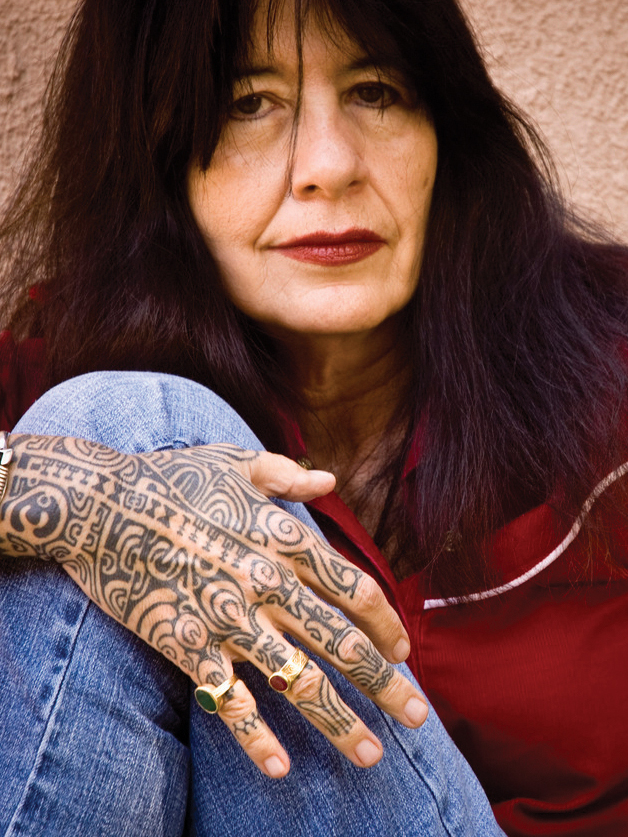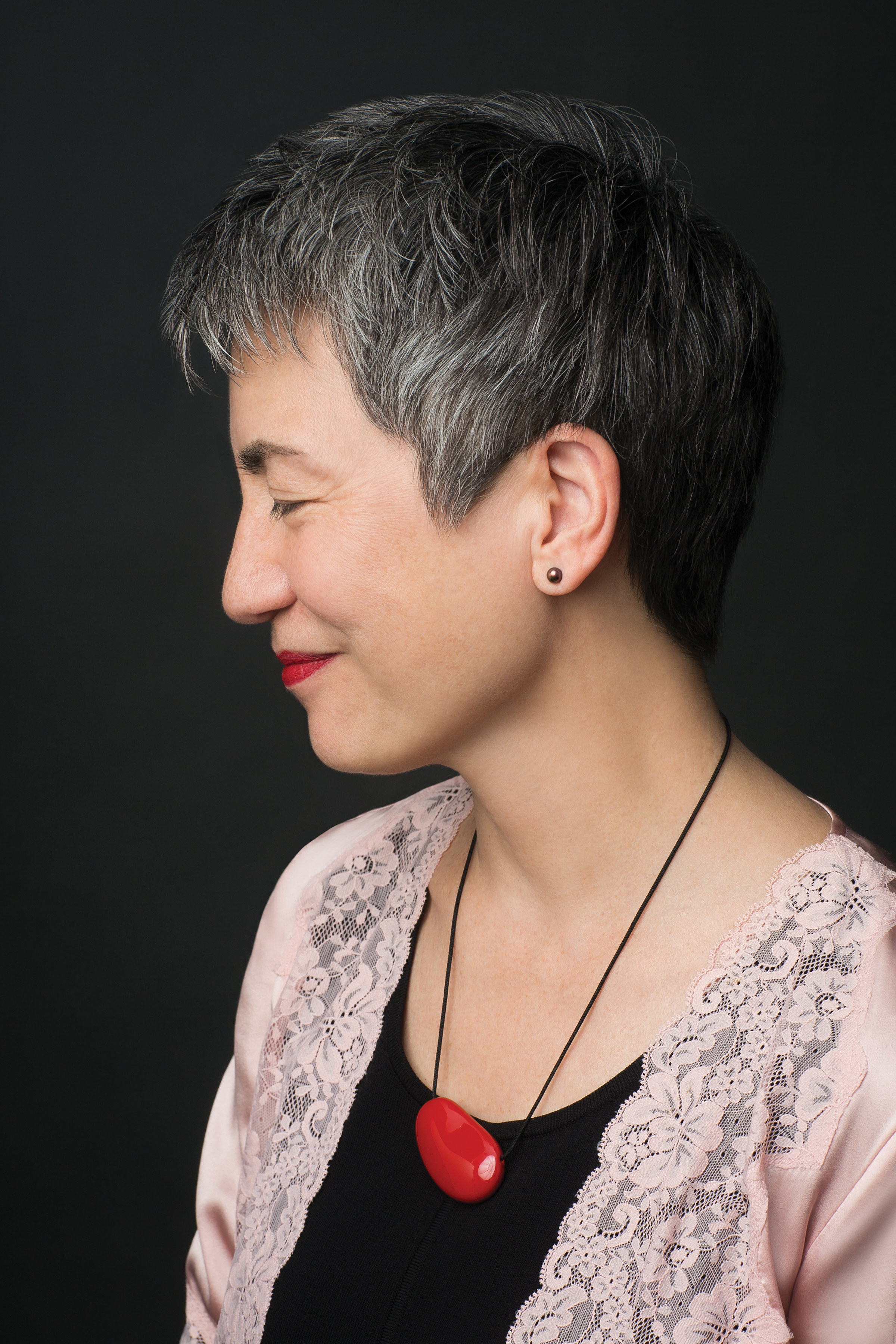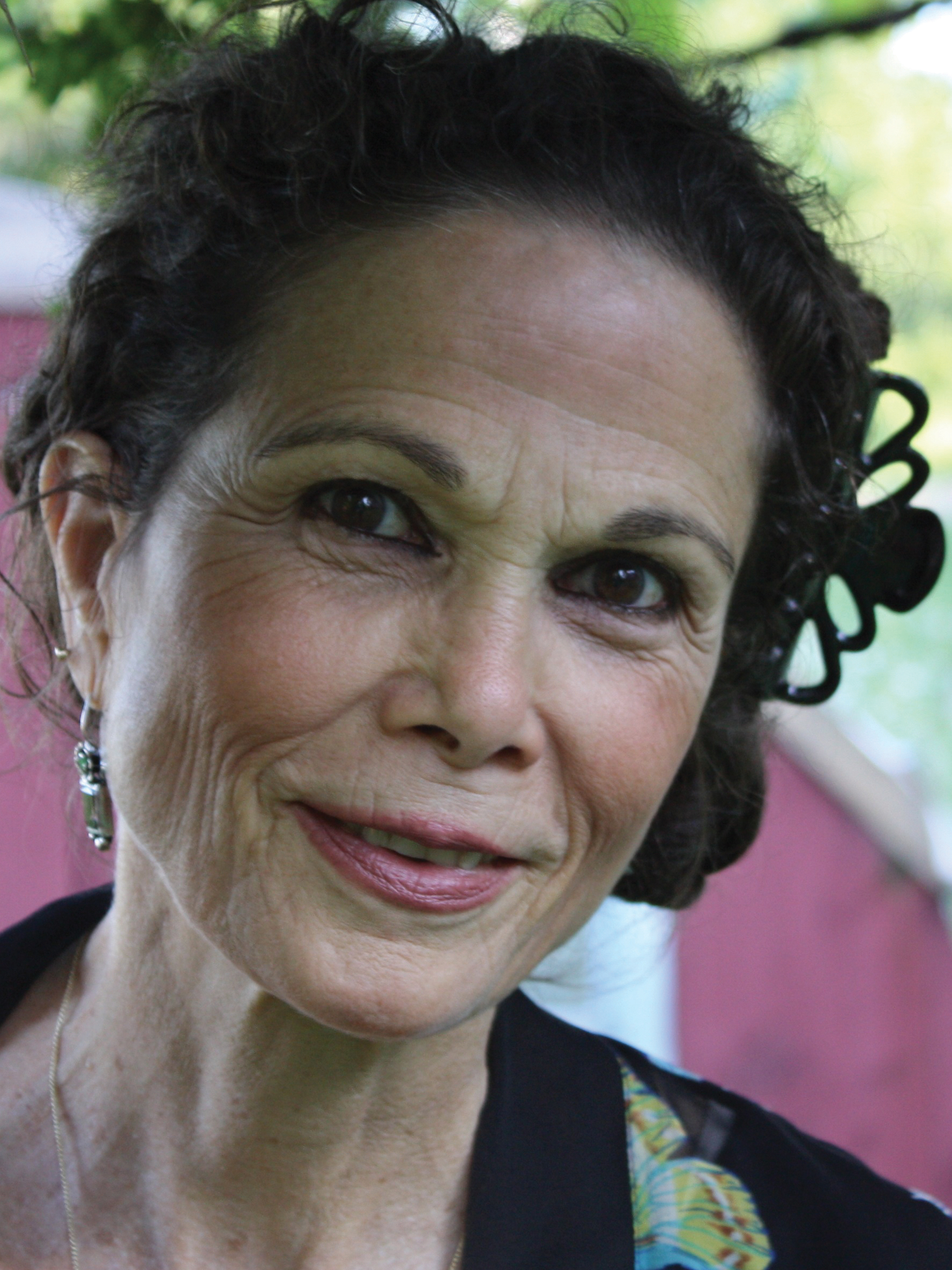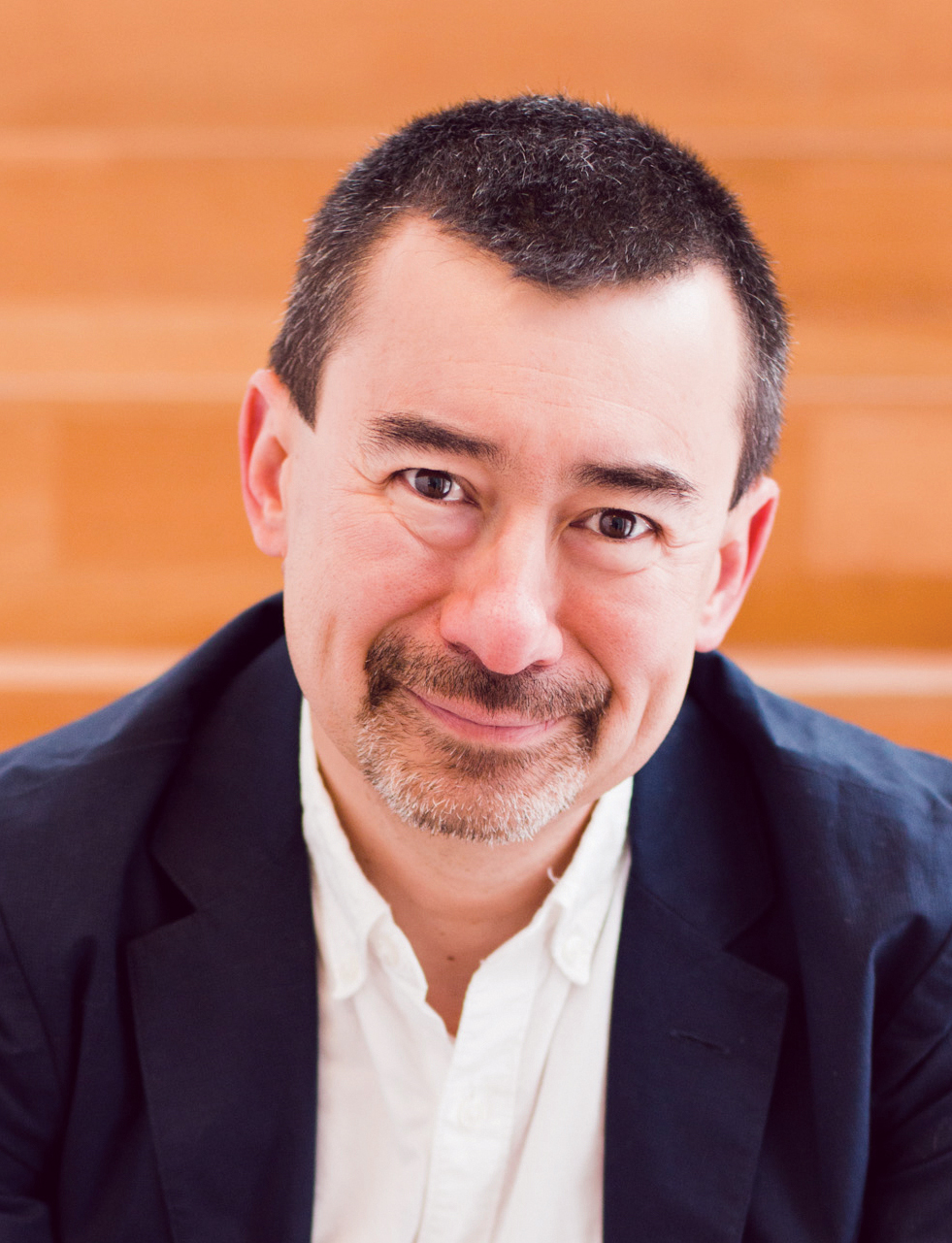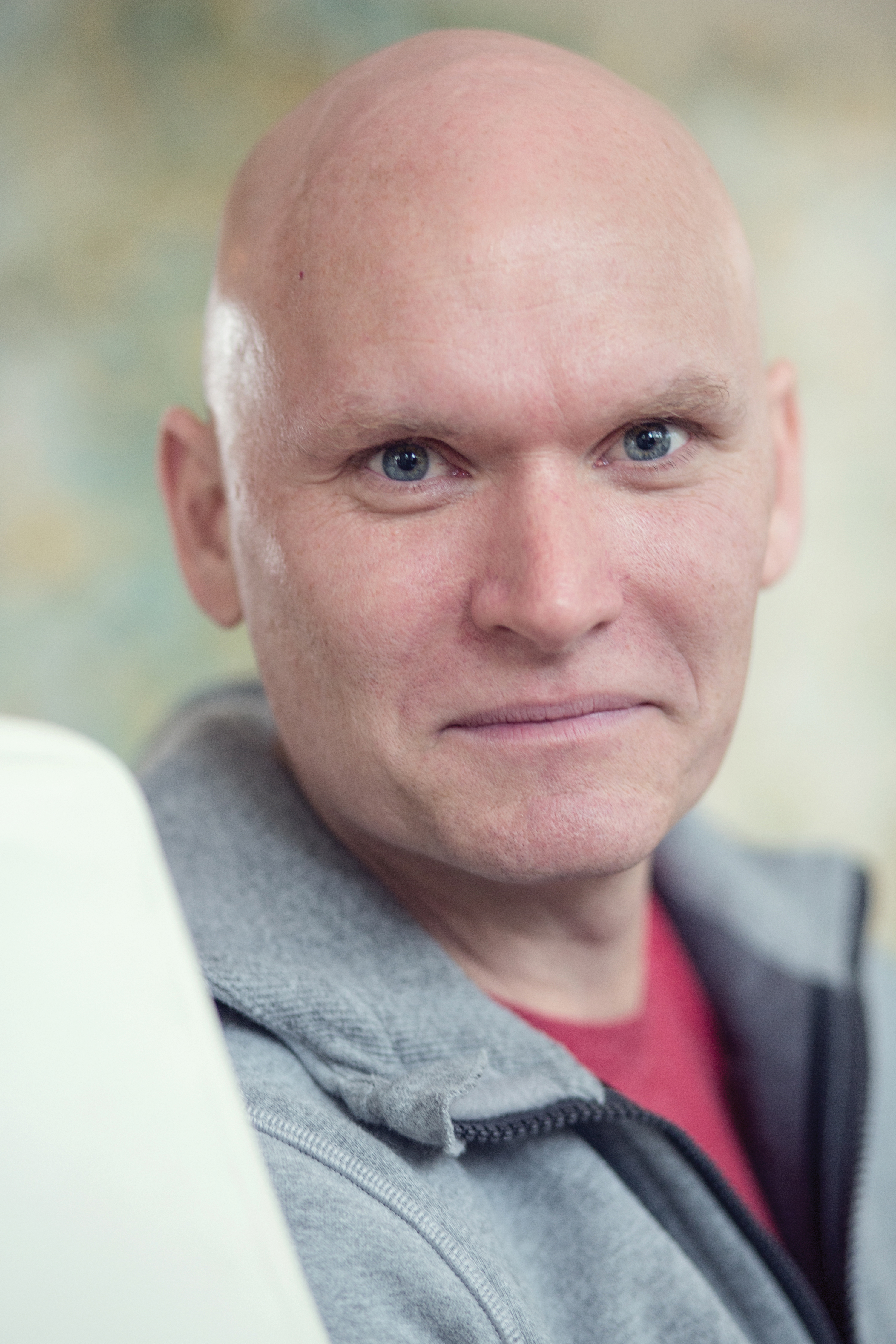For more than fifty years the National Endowment for the Arts (NEA) has been a vital part of this country’s creative ecosystem, providing funding and support to writers, translators, and organizations, as well as partnering with arts groups and non-arts sectors to create programs, such as Poetry Out Loud and the Big Read, that celebrate America’s rich cultural heritage and promote access to the arts in every community. For readers of this magazine, of course, the most visible—and sought-after—support offered by the NEA comes in the form of creative writing fellowships: $25,000 grants given in alternating years to poets and prose writers, enabling them “to set aside time for writing, research, travel, and general career advancement.” In short, they allow writers to be writers—even if that means simply giving them the ability to pay the rent or the student loan or the babysitter or the credit card bill—in a world that rarely acknowledges their work in financial terms.
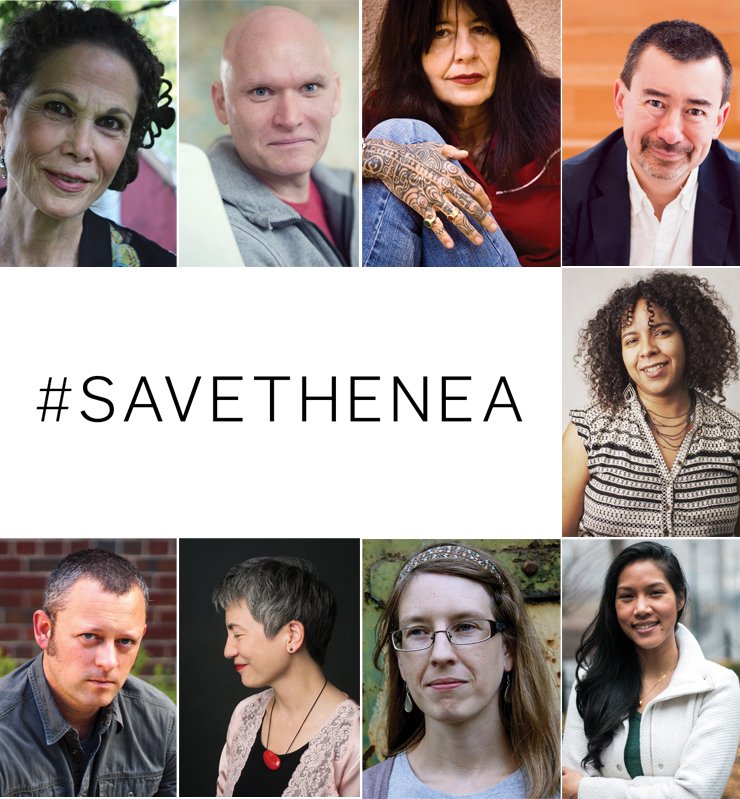
But this isn’t all about the money. This is about being part of a tradition, built over the past half century, that honors artistic excellence in its many forms. This is about writers who are also nurses and farmers and teachers and librarians receiving support and validation from experts in the field—a measure of reassurance that the work they do before or after the day job or the night shift is valuable. And, yes, this is about patriotism: the federal government sending a message that the work of poets and writers is integral to an open society in which free expression is not only protected, but also encouraged.
This and much more is at stake as we move through the congressional budget process following President Trump’s ill-advised proposal to eliminate federal support for the NEA. And while these kinds of decisions often come down to numbers on a spreadsheet, it is important to highlight the real people—with lives and loved ones and dreams and challenges—at the other end of those fellowship checks. I spoke with nine fellowship winners, from 1977 grant recipient Joy Harjo to 2017 fellows Kathryn Nuernberger and Monica Sok, about what receiving the NEA’s creative writing fellowship meant to them, both in terms of practical financial assistance and as a vote of confidence from the federal government at that particular time in their personal and professional lives.
Joy Harjo | Kimiko Hahn | Julia Alvarez | Peter Ho Davies | Anthony Doerr
Benjamin Percy | francine j. harris | Kathryn Nuernberger | Monica Sok
“To be an artist in my family was somewhat expected. My grandmother and great aunt were painters. With Indian oil money, they obtained arts training—but more than that, they were afforded the time to create. Two of my most valued possessions are paintings by them. My grandmother Naomi Harjo even played saxophone. But to be a poet, especially as a single mother, with no additional income, made for a different story. My family was proud of me, but their constant concern was: How are you going to make a living? We already had one poet in our family tree, Alexander Posey, a Muscogee Creek poet who founded the first native daily newspaper, but he made a living as a journalist, not as a poet. I knew that I would write no matter what, and I wrote my way through jobs, classes, and childrearing. The Pueblo novelist and poet Leslie Silko was the first writer I knew to be awarded an NEA fellowship, and she urged me to apply. I was about to graduate with my MFA and didn’t have anything lined up except a return home to New Mexico and an application for teaching creative writing at the Institute of American Indian Arts, then a Bureau of Indian Affairs school. I remember that late spring afternoon of 1977 opening the letter from the NEA announcing my fellowship. It was the gift I needed. It was enough money to assist me with writing what would be my breakout/breakthrough book of poetry, She Had Some Horses. I used the money for rent, utilities, supplies, and childcare. The fellowship bought me time. And it bought more than that; it brought affirmation. It put my family and community on notice that what I was doing as a poet—a strange occupation for a young native mother who needed to make a living—was considered worthy of support. My next fellowship came in 1992. It gave me the time I needed to get over that hump period that happens in the lives of all of us who create art. She Had Some Horses had set a mark. The second fellowship helped me leap the fence and make a collection that envisioned a book of poetry as an oral event.” —Joy Harjo, NEA fellow, 1977, 1992; author of ten poetry collections and a memoir, Crazy Brave (Norton, 2012)
“In the early 1980s I was studying Japanese at Columbia University and working in one of the college’s secretarial pools. When I wasn’t retyping a professor’s paper, I took advantage of the best typewriter in the world, the IBM Selectric, and put it to use for my own purposes. I was the busiest-looking secretary on campus, writing poems that would become my first two books, Air Pocket then Earshot. I was also a thirty-one-year-old new mother without an MFA—which is to say, without mentors or connections—and I felt alone, isolated. All my poet friends had books, but the support for presses was rapidly drying up. For me, mailing out a manuscript with the enclosed SASE was expensive. And waiting for snail mail was crushing. This was the backdrop to a parcel I received in our small mailbox: a thin envelope from the National Endowment for the Arts. I read it in the crack-infested vestibule of my apartment building in New York City and wept. It was 1986, the year I knew I’d be okay—more than okay. The NEA fellowship in poetry gave me validation that cannot be measured. Validation, for me, was a license to trespass: to continue writing fragments about the female body from an Asian American woman’s point of view. It may be difficult now to believe how radical this was: to hold a legal pad and pen in a coffee shop and write with confidence. The fellowship marked a turning point in my life, as it does for so many writers who receive the same gift of validation from the NEA.” —Kimiko Hahn, NEA fellow, 1986, 1992; author of nine poetry collections, including Brain Fever (Norton, 2014)
“My first job out of graduate school was as a poet in the schools in Kentucky, a two-year residency funded by the Kentucky Arts Council and the NEA in 1975. I traveled around the state giving writing workshops and exposing people of all ages and backgrounds to poetry—students in elementary schools and colleges, farmers in communities in Appalachia, and reform-school teens in Louisville. After the Kentucky residency, I went on to teach across America in poetry programs funded by the NEA. I taught migrant workers in California’s San Joaquin Valley; bilingual elementary school students in Baltimore; senior citizens in nursing homes, church basements, and Sunshine Centers, as they were called, centers where a free meal was provided, in Fayetteville, North Carolina. This last residency culminated in a book of their writings, Old Age Ain’t for Sissies, as well as a series of public readings in the community funded by the NEA. African American eighty-year-olds recited their poems before enthusiastic audiences, feeling for the first time in their lives that they had a voice and were being heard. The program helped create a strong, compassionate, connected community. The NEA is a cultural resource we can’t afford to lose. No other programs are so widespread, addressing so many different age populations and areas of the country. We must not think of the NEA and its programs as something ‘just for artists.’ It is a vital educational resource, which doesn’t quit after our school years are over. We are educating our citizenry in the rich literary resources of this great country and helping them evolve and develop their own expressive tools. An informed citizenry means a stronger, more united, compassionate, and educated America. The individual grant I received from the NEA in 1987 allowed me to take time from full-time teaching and work on the stories that would eventually become my first published novel, How the García Girls Lost Their Accents, based on my family’s immigrant experience after escaping the Trujillo dictatorship in the Dominican Republic in 1960. The novel now forms part of the curriculum in many schools and universities—the NEA at work again, enabling the creation of a diverse culture that enriches us all. Finally, in 2015, it was the NEA that nominated me for a National Medal in the Arts. For a little immigrant girl to end up receiving an award from the president of the United States was the American Dream come true. But none of us get where we want to go by ourselves. Along the way we encounter helpers, fairy godmothers. The NEA has served that role for me and so many others. I don’t have a magic wand to wave, but I do have a pen to write down this plea: Keep this incredible national treasure endowed and vital for the next generations of students, artists, writers, and readers, so that they can continue creating the country we all dream this can be.” —Julia Alvarez, NEA fellow, 1987; author of twenty-two books, including the children’s book Where Do They Go? (Triangle Square, 2016)
“I was lucky enough to receive NEA fellowships in 1998 and 2016. Both enabled me to write for a year. Both provided a considerable morale boost. Both made possible the books I was working on. That much is likely true for most recipients, of course. In my case, though, as an immigrant to this country, both also felt like an embrace from my adopted home. The emotional significance of the $25,000 grants, in other words, far exceeded their already handsome monetary value. The NEA also cemented my bond to the U.S. in another way. In between my two awards I had the privilege of serving on the panel that selects NEA fellows, which is how I found myself in a federal building on Pennsylvania Avenue at 9 AM on September 11, 2001. We saw smoke rising from the Pentagon through the windows of our conference room. Shortly thereafter, we were evacuated. That afternoon, back at the hotel, we decided, in spite of shock and sorrow, to continue our work. A small gesture, of course, but it felt like something worthwhile, a modest assertion of life and hope, of creativity, in the face of destruction, and one only made possible by dedicated NEA staffers. That night I walked down to the White House, which was floodlit like a beacon, and stood with the hushed crowd gathered before it. There’s been much talk of patriotism in the years between then and now, much talk about what the country stands for. The NEA, representing as it does a nation’s faith in the arts, seemed to me that day and ever since, an institution any country could and should be proud of. The federal building where the NEA was based on 9/11, incidentally, was the Old Post Office Pavilion, now the Trump International Hotel. The cost for a night in its largest suite on September 11, 2017: $25,000.” —Peter Ho Davies, NEA fellow, 1998, 2016; author of four books, including the novel The Fortunes (Houghton Mifflin Harcourt, 2016)
“My wife and I were married in 2000, but we couldn’t figure out how to live in the same town. She was working for Hewlett-Packard in Boise, Idaho, and I was hopscotching around the Midwest chasing teaching gigs and fellowships. We were paying two rents, spending all our money on airfare and telephone bills, and multiple times a year I cajoled my Subaru across Wyoming and Nebraska with our goldfish in a gallon water jug beside me. Every night I asked myself, ‘How important is it to me to be a writer? Important enough to spend anniversaries and Valentine’s Day and random Tuesdays apart? Just because I want to chase a silly dream?’ Then I won an NEA fellowship. I promptly sold the kitchen table, gave away most everything else, drove two thousand miles west, and moved in with my wife. For the first time since we were married, we got to wake up together every morning on a consistent basis. And after she went to work, I got to turn on my computer and face down the dragon of my next book. Years later, serving as a judge on a panel to award those same fellowships, I discovered that all over the country, writers and their loved ones were weighing similar choices: Make a car payment, or write an essay? Take a second job so a partner can finish her novel? The National Endowment for the Arts allows artists and their families to prioritize creativity, even if only for a few months, and sometimes those months are all an artist needs to give back to the country a piece of work that will outlast us all.” —Anthony Doerr, NEA fellow, 2002; author of five books, including the novel All the Light We Cannot See (Scribner, 2014)








